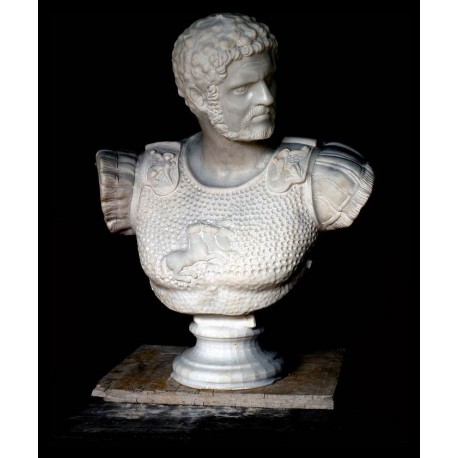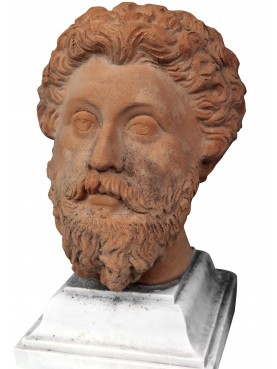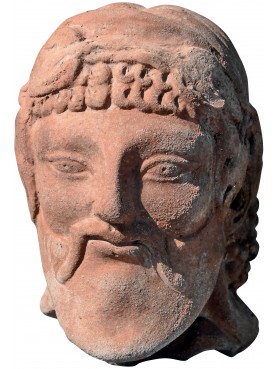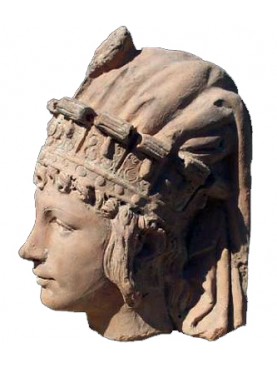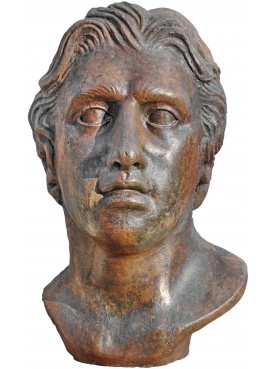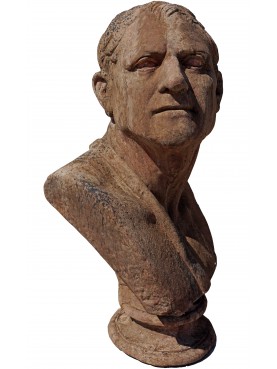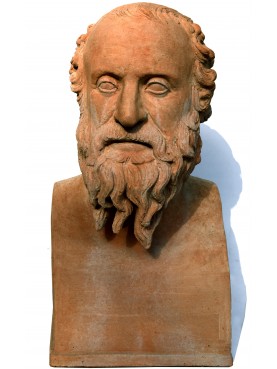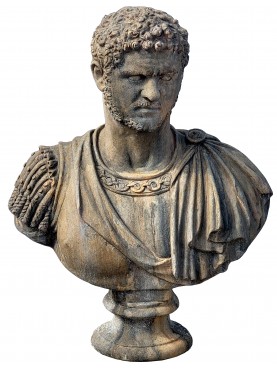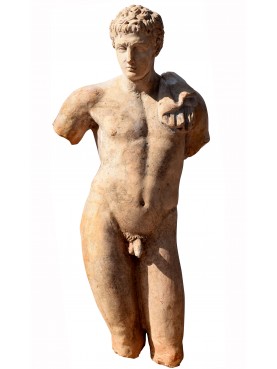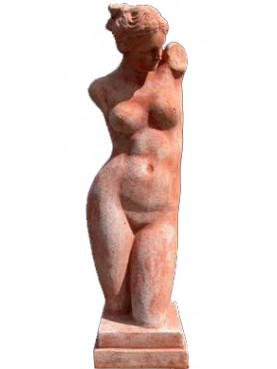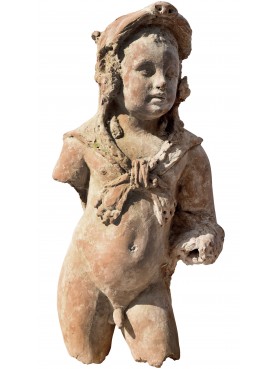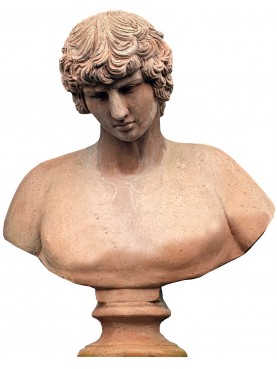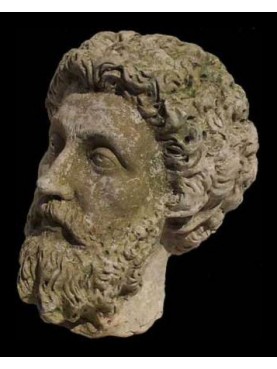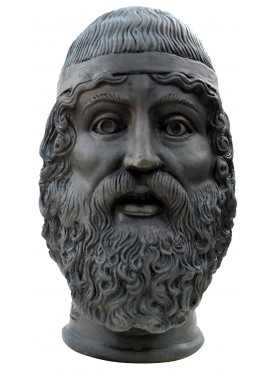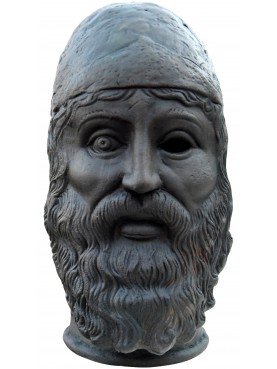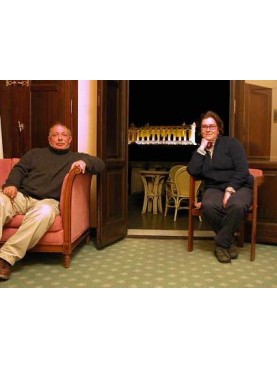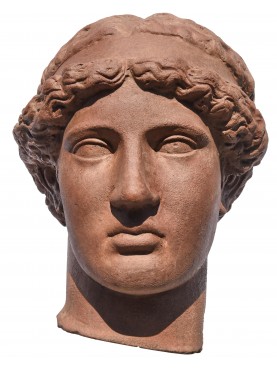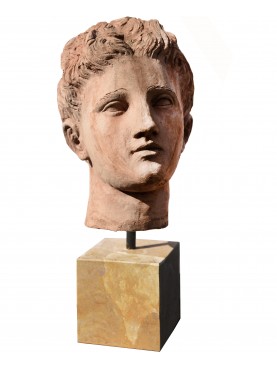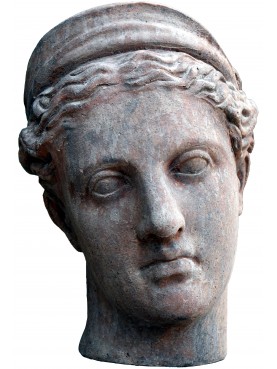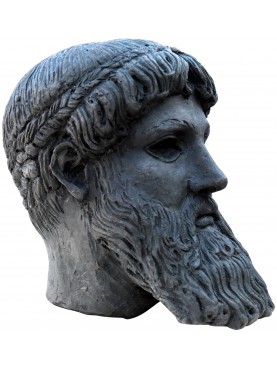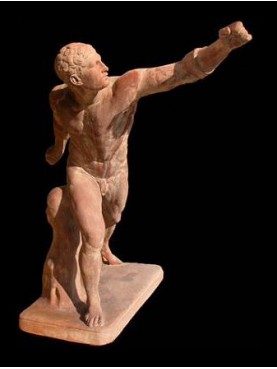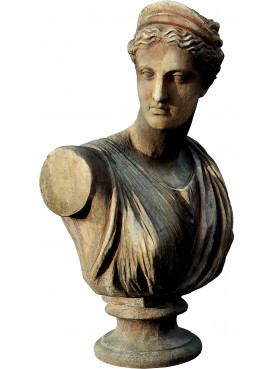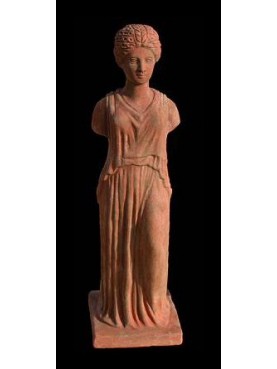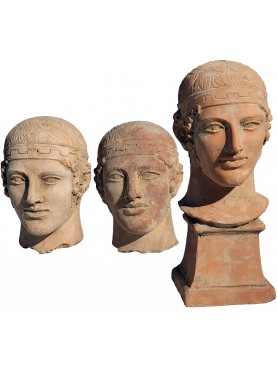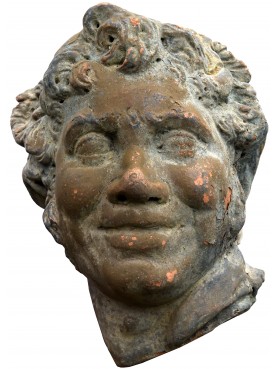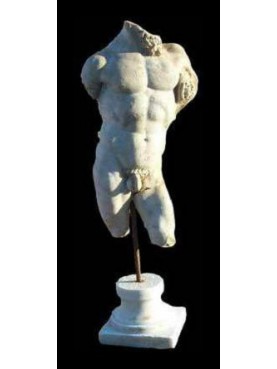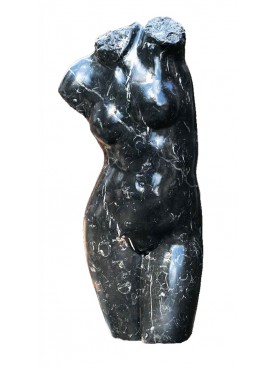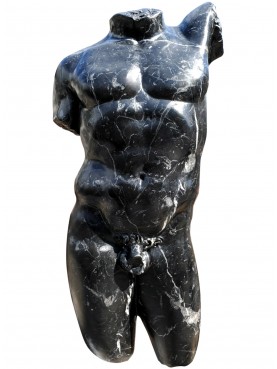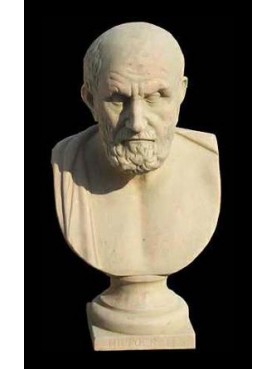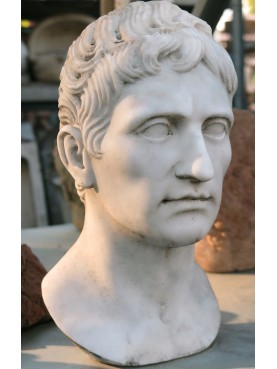Caracalla - white Carrara marble bust
Caracalla - white Carrara marble bust
9564
New
1 Available
Data sheet
| Height | 30.31 in | 77 cm |
| Width | 21.65 in | 55 cm |
| Depth | 15.75 in | 40 cm |
| Weight | 77.16 lbs | 35 Kg |
| Manufacturing | Recuperando srl | |
| Material | White Carrara marble |
More info
Caracalla (Lion 186 - Carre 217).
Caracalla (4 April 188 – 8 April 217), formally Marcus Aurelius Severus Antoninus Augustus,[1] was Roman emperor from AD 198 to 217. A member of the Severan Dynasty, he was the eldest son of Septimius Severus and Julia Domna. Caracalla reigned jointly with his father from 198 until Severus' death in 211. Caracalla then ruled jointly with his younger brother Geta, with whom he had a fraught relationship, until he had Geta murdered later that year. Caracalla's reign was marked by domestic instability and external invasions from the Germanic people.
Caracalla's reign was notable for the Antonine Constitution (Latin: Constitutio Antoniniana), also known as the Edict of Caracalla, which granted Roman citizenship to nearly all freemen throughout the Roman Empire. The edict gave all the enfranchised men Caracalla's adopted praenomen and nomen: "Marcus Aurelius". Domestically, Caracalla was known for the construction of the Baths of Caracalla, the second largest baths in Rome, for the introduction of a new Roman currency named the antoninianus, a sort of double denarius, and for the massacres he enacted against the people of Rome and elsewhere in the empire. Towards the end of his rule, Caracalla began a campaign against the Parthian Empire. He did not see this campaign through to completion due to his assassination by a disaffected soldier in 217. He was succeeded as emperor by Macrinus after three days.
Caracalla is presented in ancient sources as a tyrant and cruel leader, an image that has survived into modernity. Dio Cassius and Herodian present Caracalla as a soldier first and emperor second. In the 12th century, Geoffrey of Monmouth started the legend of Caracalla's role as the king of Britain. Later, in the 18th century, Caracalla's memory was revived in the works of French artists due to the parallels between Caracalla's apparent tyranny and that of King Louis XVI. The modern portrayal of Caracalla is that of a psychopathic and evil ruler who was among the worst of the Roman emperors.

